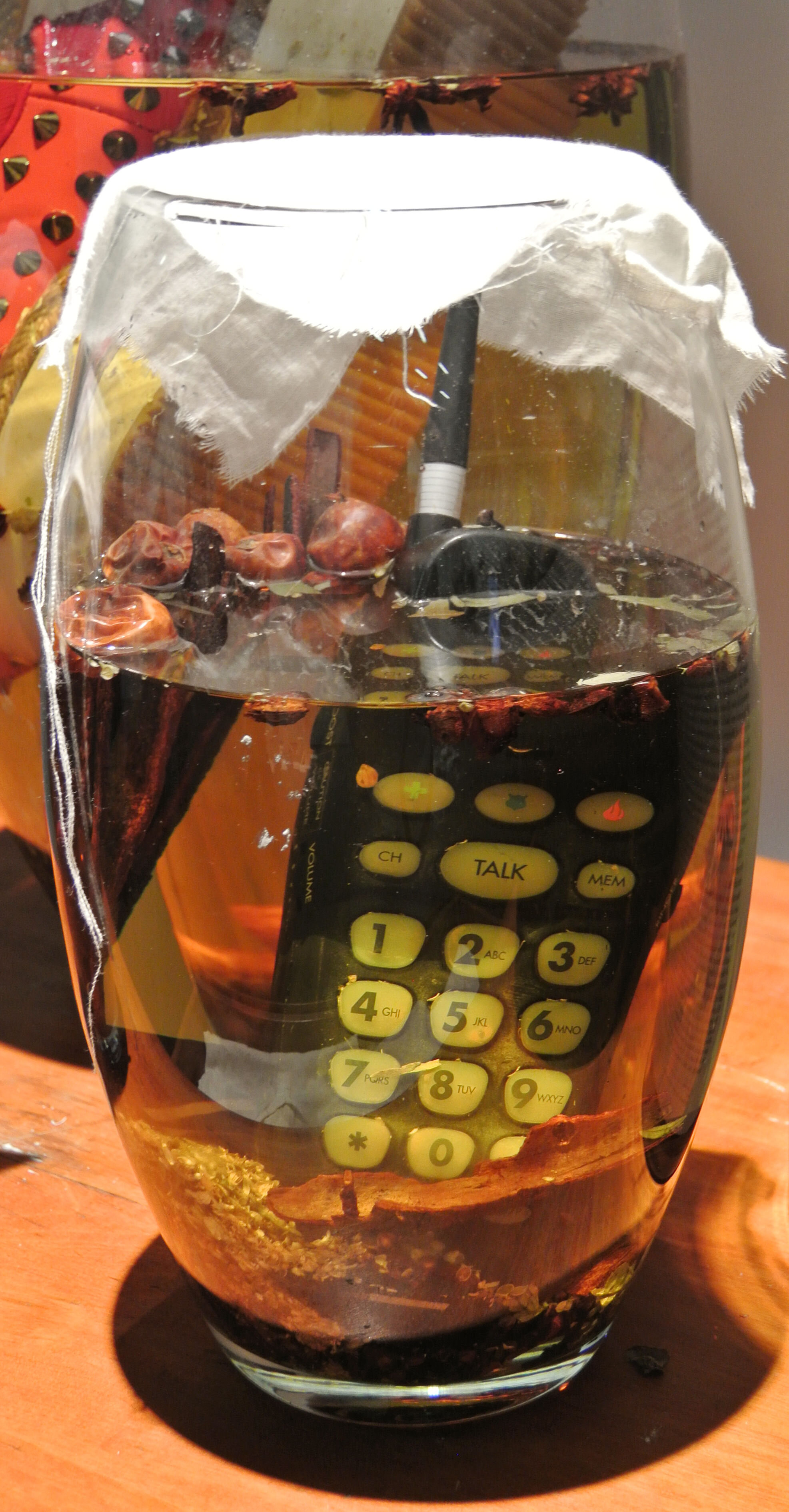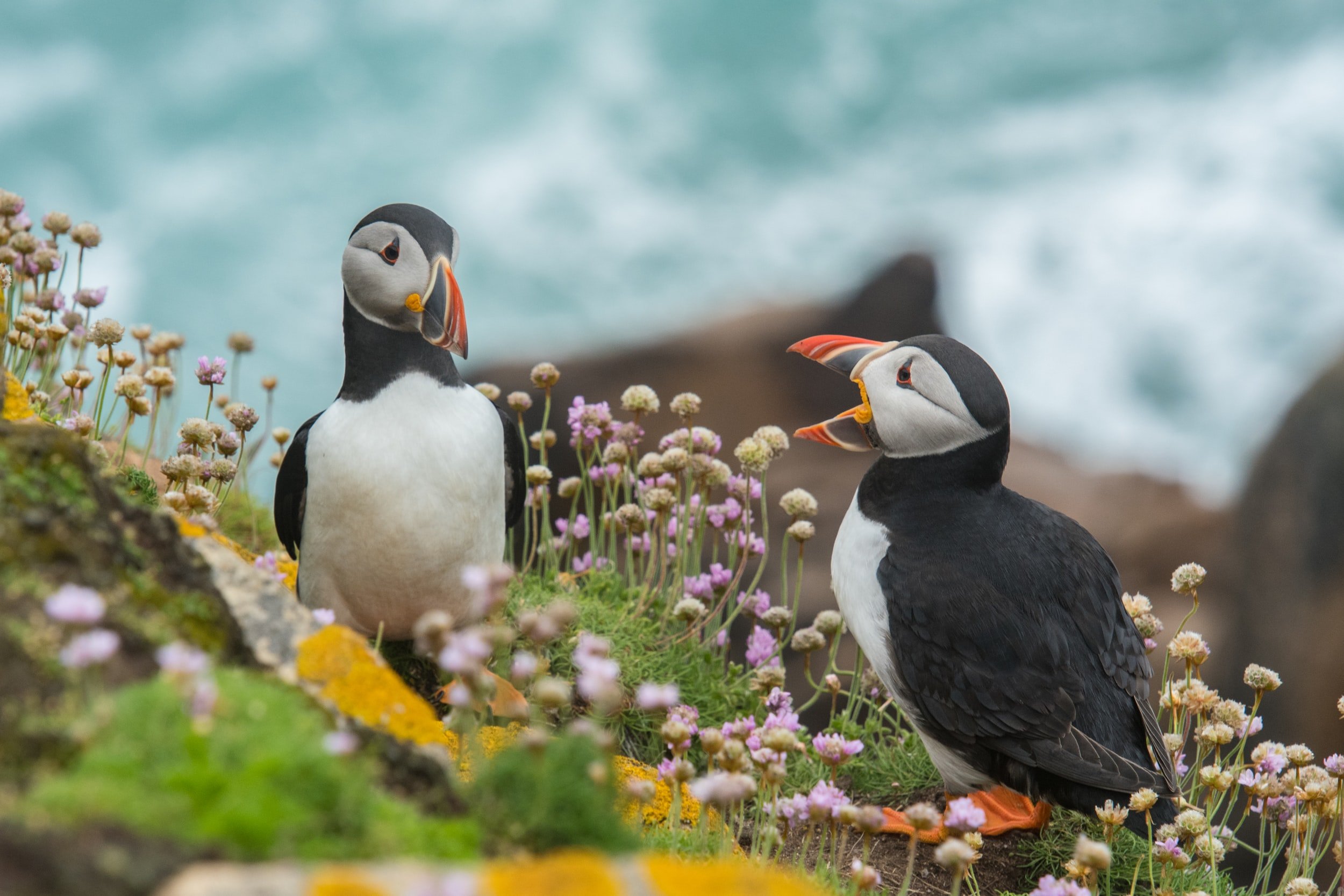
News and Updates
This section features stories that highlight how remarkable yet fragile the ocean is. It also speaks to the connection between humans and the ocean and our responsibility to protect it.
Stories, unless otherwise noted, are written by Pam Ferris-Olson, PhD. Pam has studied ocean creatures, worked in communication, and, as founder of Women Mind the Water, focuses on the relationship between humans and water. Her Wo(men) Mind the Water Artivist Series explores the work of artivists (artists +activists) and their impact in influencing change.
A worldwide shortage of sand
Our planets seems awash with sand with the stretches of sandy beaches along the coastlines and the vast expanses of inland deserts. Sand, however, is not an unlimited resource when a particular type of sand is used to make construction materials and required for the nourishment of beaches eroded by storms and wave action. Point of fact, coastal sand is in such high demand that it is second only to water as the most used natural resource in the world. Women Mind the Water posted A worldwide shortage of sand to explore this topic.
How hot is it? Enough to sicken hundreds of sea lions and dolphins
How hot is it? The answer is no laughing matter because hundreds of sick and dying sea lions and dolphins have been seen on beaches, the result of toxic algal blooms associated with warmer ocean waters and linked to high levels of domoic acid. Domoic acid is a naturally occurring toxin that can make humans and marine mammals sick. The biggest takeaway is that as ocean temperatures changed, there is the potential for more frequent and more extreme harmful implications.
Lego and other artful things cast ashore
I’ve spent many hours at the beach and building with Lego bricks, I’d never put the two together. Tracey Williams’ book Adrift has given me new eyes and curiosity. But no matter how colorful or whimsical the items found on the beach aren’t always artful. My latest post Stories of castaway plastic on Women Mind the Water looks at Lego, books, and other artistic ways that plastic flotsam is used and other ways to address the problem.
Maine Lobster takes on Monterey Bay Aquarium
I have written regularly about the ongoing conflict between Maine’s lobster fishing industry and conservationists concerned about the survival of the North Atlantic right whale. The latest actions is that the lobster industry has taken aim at California’s Monterey Bay Aquarium, more precisely the Aquarium’s Seafood Watch program, because they downgraded its rating for lobster caught in Canada and Maine to red, an indication that the seafood should be avoided. The Maine legislature is also targeting Whole Foods as they have chosen to follow Seafood Watch’s guidance. It is clear that the back and forth between lobster and North Atlantic right whale interests shows no signs of abatement with much at stake.
What is a National Marine Sanctuary?
One way the US protects our marine environment dates back to 1972, when Congress passed into law the National Marine Sanctuaries Act. A National Marine Sanctuary is an area within the territorial waters of the US that is afforded special protection for its recreational, ecological, historical, cultural, archeological, scientific, educational, or aesthetic qualities. The resources protected by the national marine sanctuary designation range from coral reef ecosystems to shipwrecks.
Blue Carbon and the Climate Crisis
What is Blue Carbon? Blue carbon is directly related to marine ecosystems and their ability to sequester carbon dioxide. These ecosystems are pivotal in the fight against climate change. Ecosystems like mangroves, tidal marshes, and seagrass beds also have an important role in protecting coastlines from storm surge, erosion, flooding, as well as providing vital habitat for marine life. Conversely, when blue carbon ecosystems are negatively influenced, directly or indirectly, by human activities, it undermines their ability to sequester and store carbon resulting in the release of harmful greenhouse gases.
Hot Chicks, Cool Dudes: Rising Temperatures and Its Impact on Sea Turtles
Hot chicks and cool dudes. It’s not the latest slogan for Florida but it is apropos. This catchy phrase has been used to describe the effect of climate change on the sex of loggerhead sea turtles hatchlings. Studies show that temperature influences the gender of sea turtle hatchlings with more females born in hot temperatures and males at lower temperatures. A discussion of the research findings.













